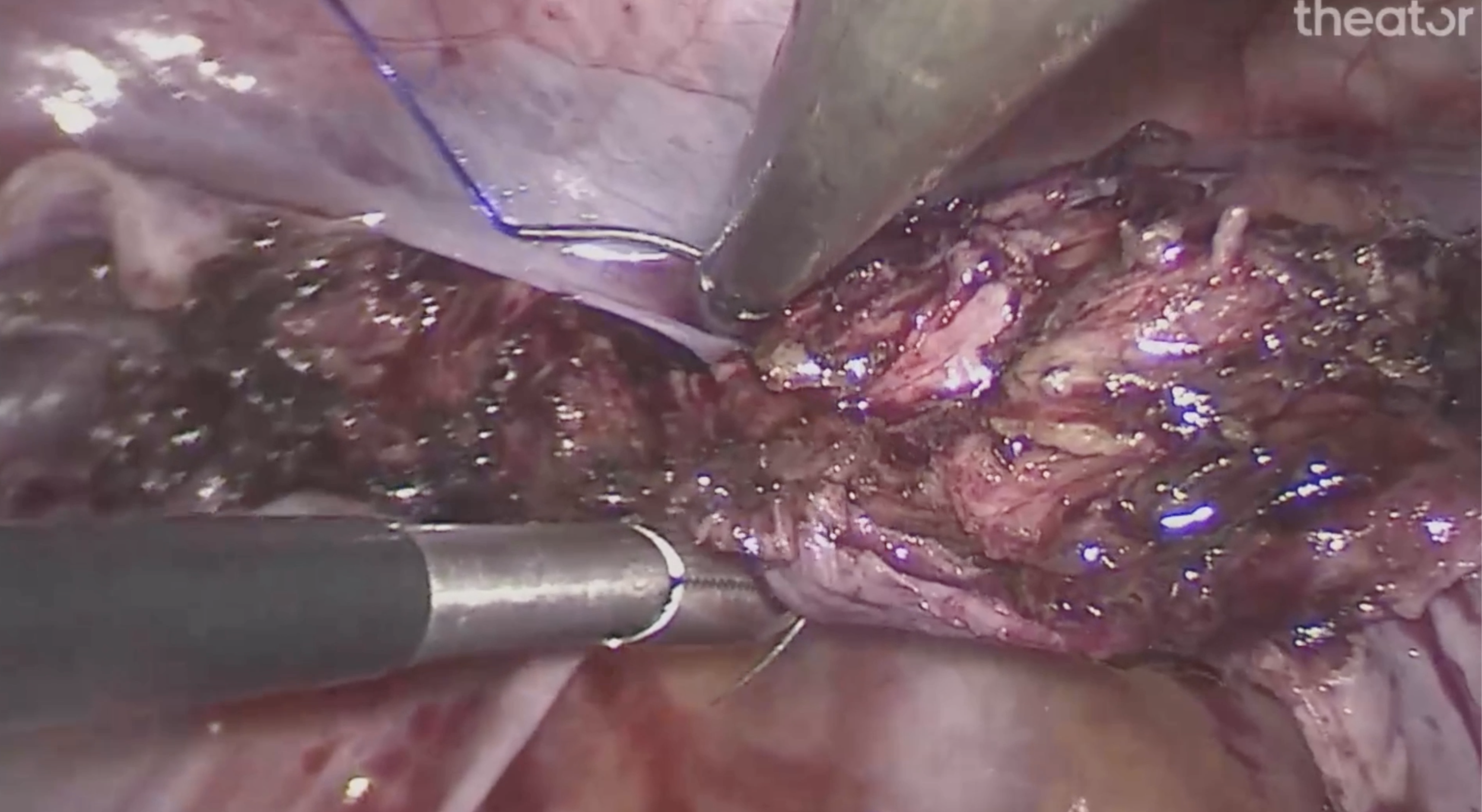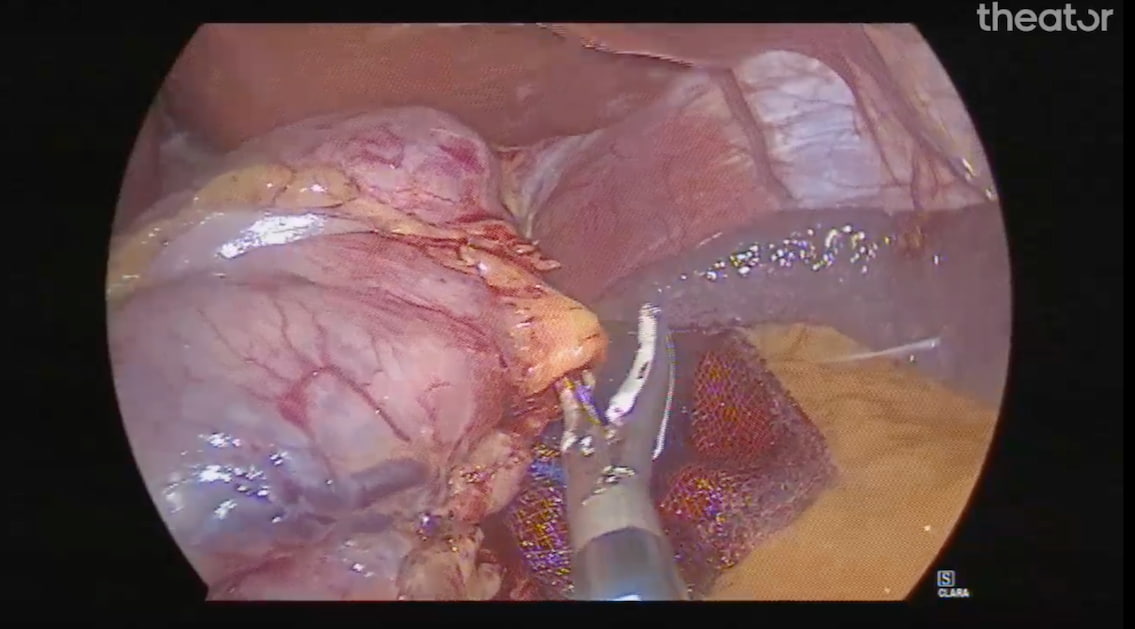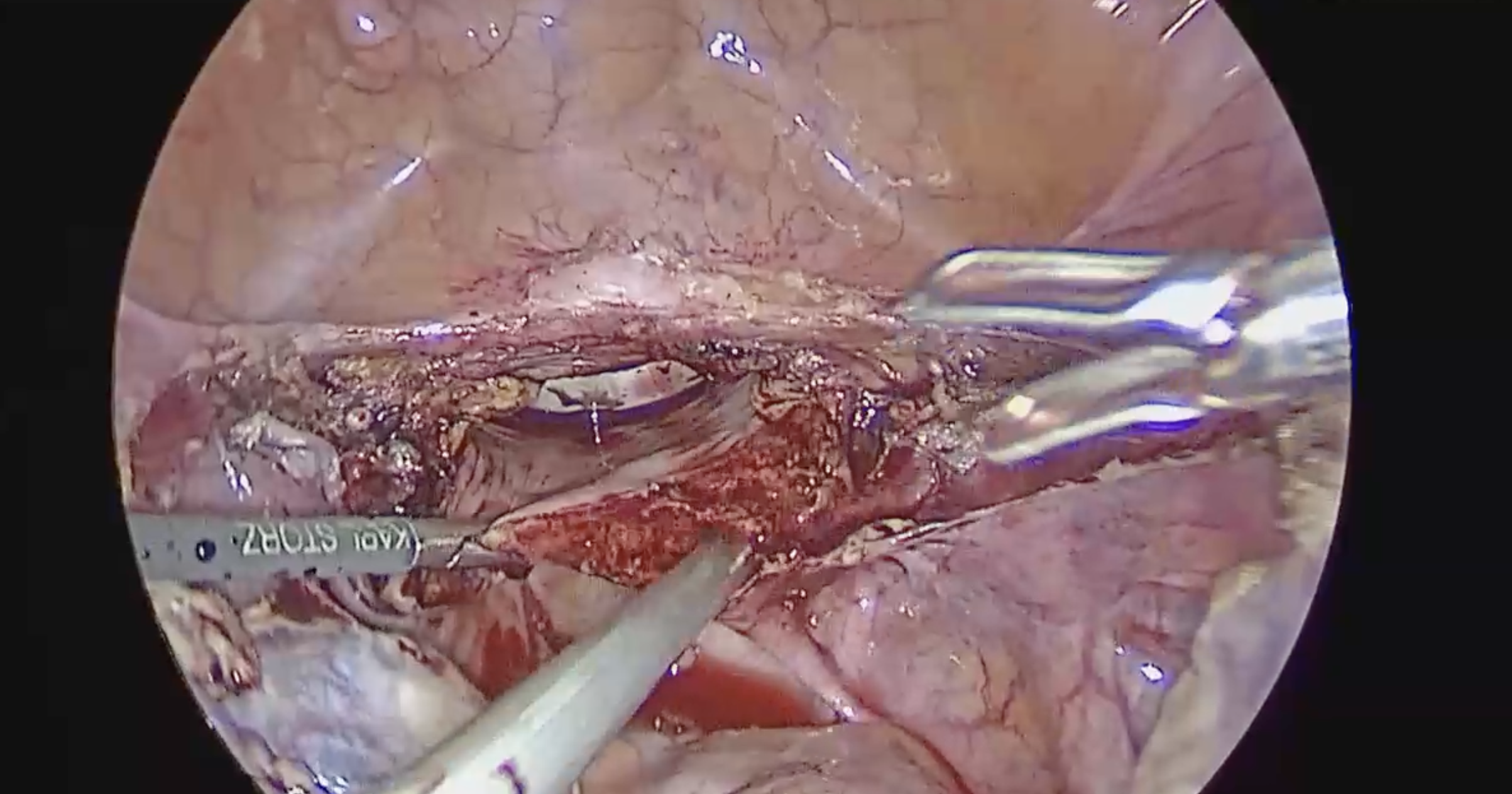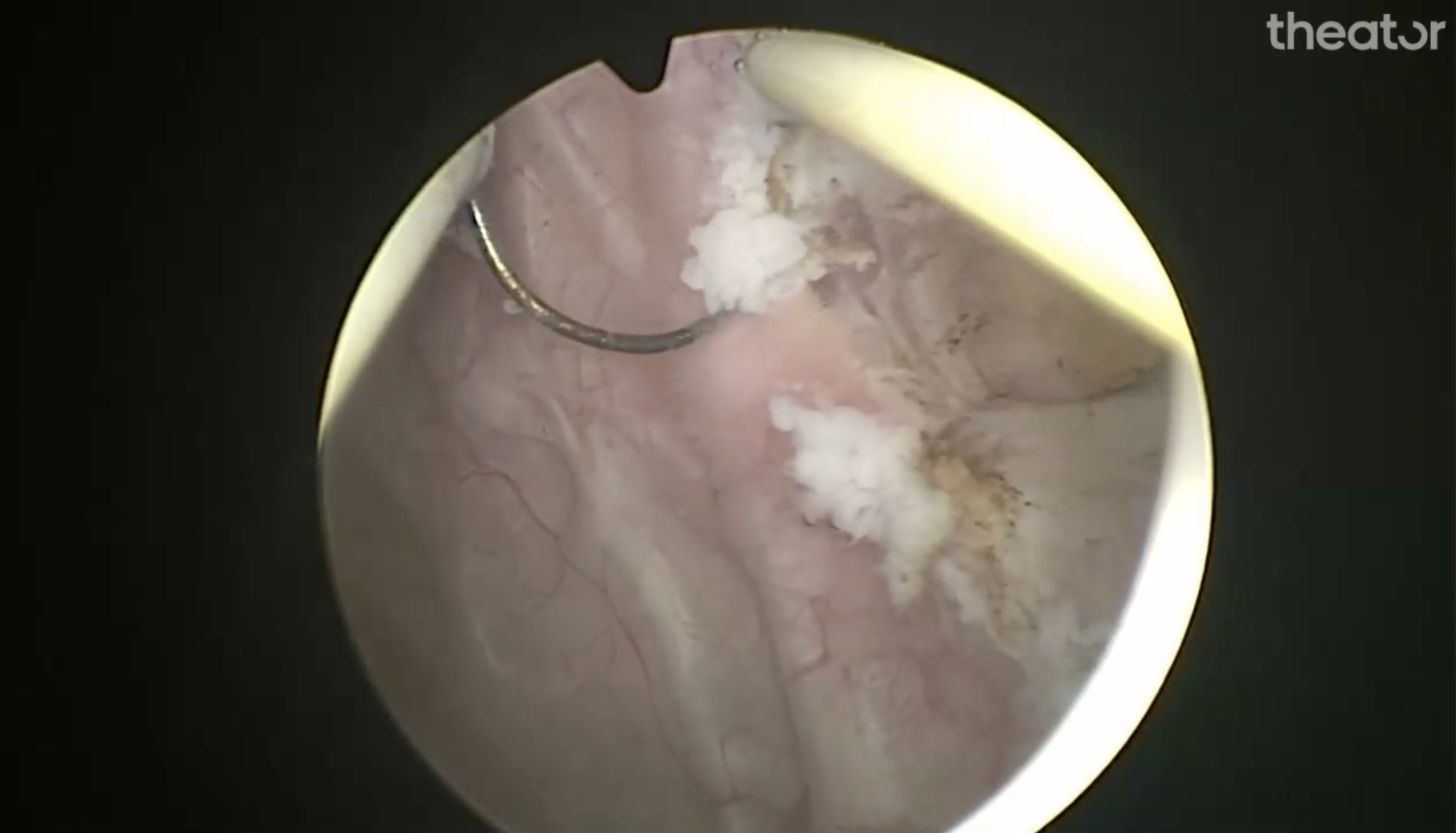Extreme surgical variability exists in minimally invasive hysterectomies
About 600,000 hysterectomies are performed annually in the US, making it one of the most commonly performed surgical procedures, but the surgical practices performed within the procedure are anything but common.
For example, a previous Spotlight analysis surfaced that bilateral view of the ureter, a common surgical practice, is only achieved 54%f of the time. That got us thinking, what additional surgical practices should we be looking at in this procedure?
The answer? Vaginal cuff closure.
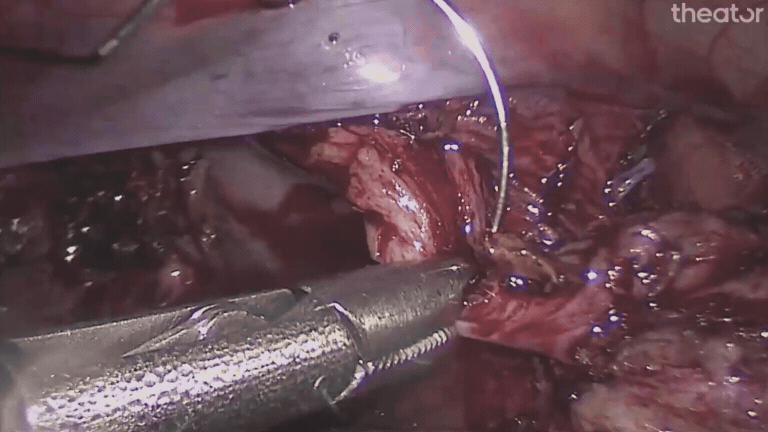
Vaginal Cuff Closure: A Surgical Best Practice
Vaginal cuff closure is a surgical best practice in hysterectomies, and multiple techniques and materials can be used to complete this step. Both a one-layer and two-layer technique are used in clinical practice, however, multiple studies indicate that the two-layer technique is associated with lower rates of complications, including:
- Infection
- Hematoma
- Need for blood transfusion
- Cuff complications (biggest contributing factor)
We analyzed 1,767 minimally invasive hysterectomies to find out which vaginal cuff closure techniques surgeons are using today. Download the report here. (It’s free!)
Vaginal cuff dehiscence after hysterectomy
Of the cuff complications noted above, vaginal cuff dehiscence is of particular concern. This refers to the partial or complete separation of previously sutured vaginal cuff edges, a rare but potentially fatal complication following hysterectomy. Importantly, vaginal cuff dehiscence occurs more often with one-layer than two-layer vaginal cuff closure.
Given that the two-layer technique results in decreased rates of vaginal cuff dehiscence, you may think this approach is favored in clinical practice and widely employed by gynecologists. However, our data shows, spoiler alert, that this occurs far less often than bilateral view of the ureter.
Theator’s Spotlight database compiled 1,767 hysterectomy procedures from 170 surgeons at 5 different health systems to investigate how often a two-layer vaginal cuff closure was achieved.
Curious how vaginal cuff closure techniques vary across health systems? How about within the same health system? Us too. We have answers – download the report here.


